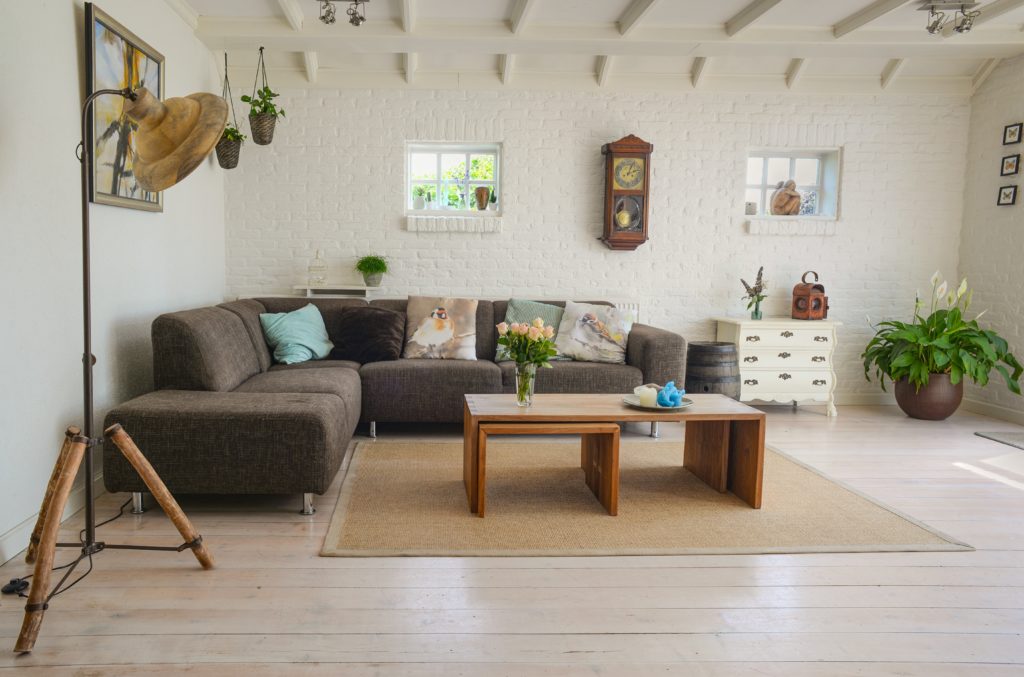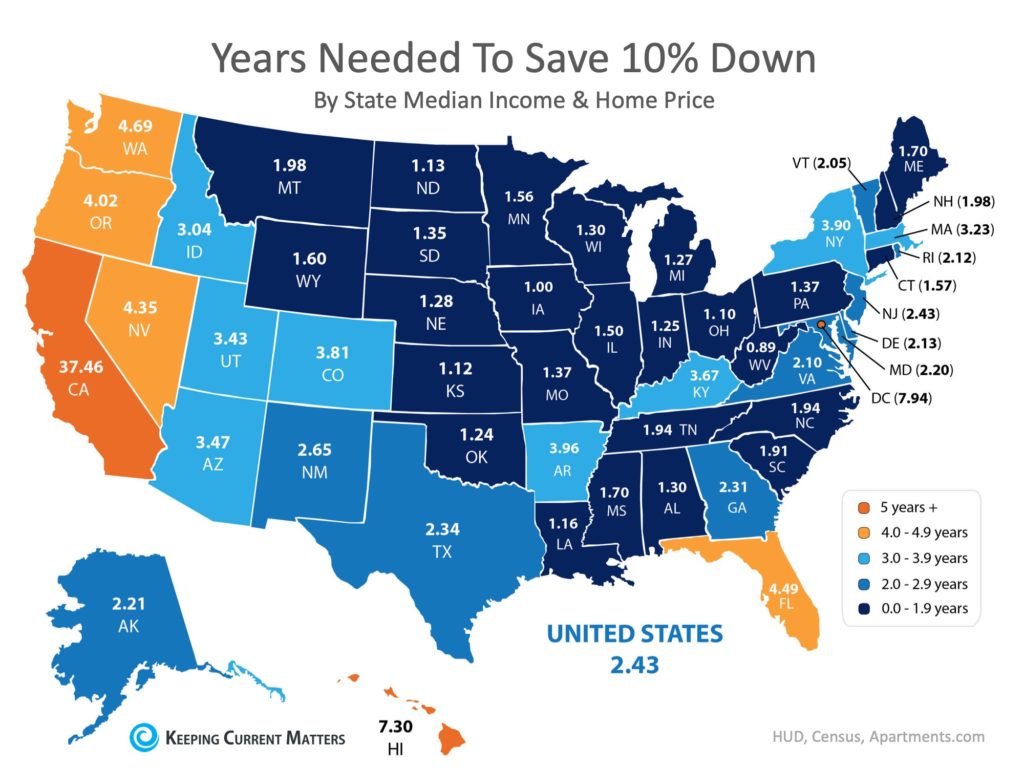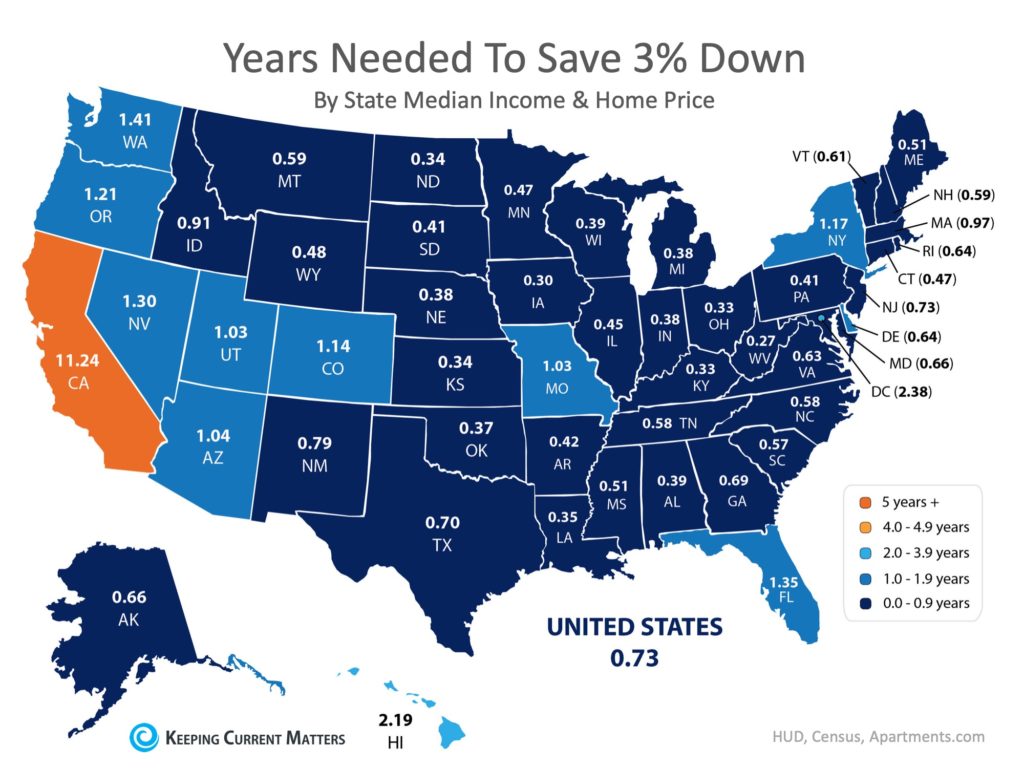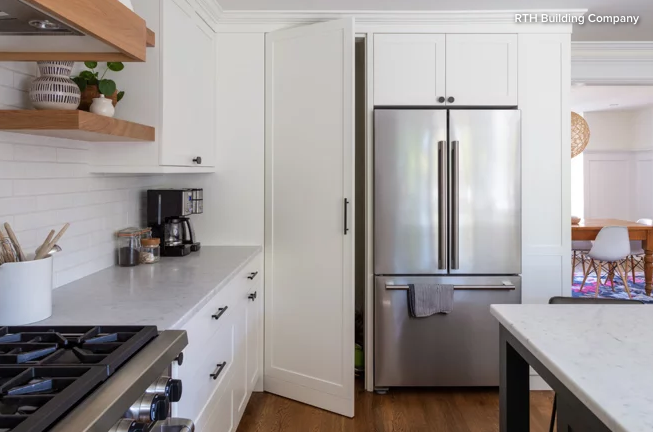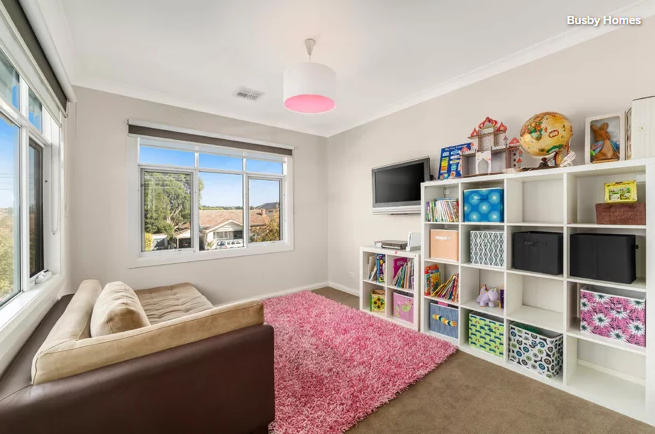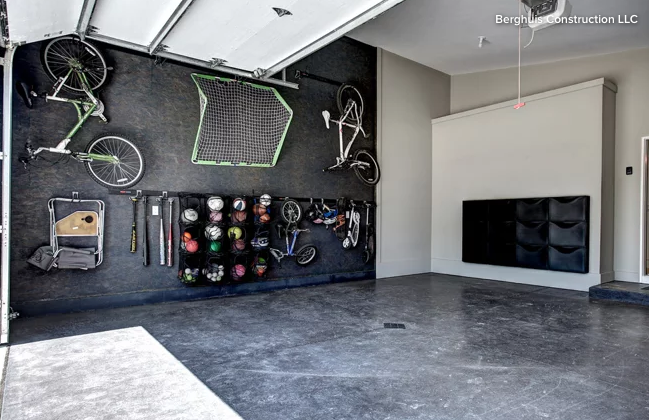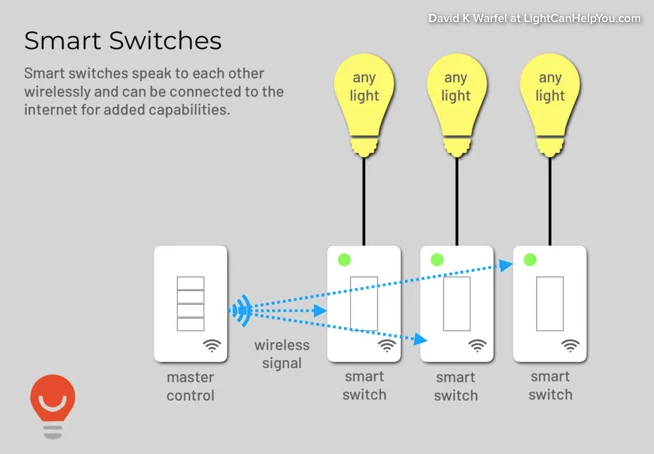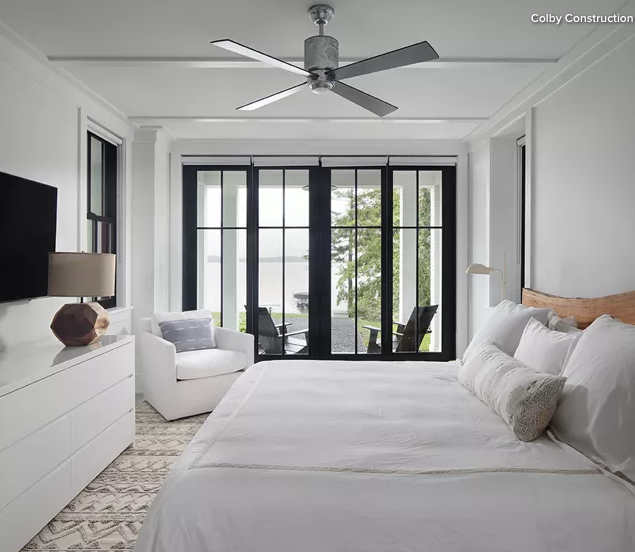
Everyone loves redecorating, but when you follow the trends too closely, you run the risk of spending time, energy, and, more importantly, money, on looks you’re likely to get sick of in just a few months or a year. Creating a timeless, classic look is a great way to give your home an air of sophistication. It’s also great for adding a timeless quality to your home. If you’re looking to upgrade your decor into something stylish and functional that you can love for years to come, try some of these timeless tips to get the right look for your living space.
From guest columnist Simon Bennett
1. Use Neutral Tones
A truly timeless style is all about subtlety. Neutral paint jobs are always timeless, and avoid making the room look dated in a year or so. Taupe, off white, and grey are timeless classics that keep your room looking clean, bright, and fresh, no matter the style you’re going for! Using a nice, bright white or off-white also gives you a minimalist feel, and helps the room feel less cluttered and closed in. An off-white or taupe will stop the room looking too modern, while still giving you that timeless feel.
2. Mix Up Old and New Styles
A great way to create a timeless and classic look that is unique and still speaks to you and your personal style is to mix up the old and the new. Take a look around some antique shops for some great inspiration in classic design. Refurbishing old design pieces is another great option, like turning an old mirror into a picture frame, or an old door into a coffee table. Restaining and repainting is a lot cheaper than continually updating your furniture styles. And classics like leather furniture never go out of style, and come in a wide variety of modern designs
3. Keep Color In Your Accents
So you know to stick to neutral, natural tones for a timeless look that will never go out of style. But that doesn’t mean you can’t embrace fun colors and patterns that are completely on trend. The trick? It’s all about the accents. Don’t spend the money upholstering your couch in this year’s must-have color. Instead, get some throw pillows that are easy to swap out when you move on to next year’s trends. Don’t go with an accent wall in that ultra-bold print everyone is talking about. Instead, find a great set of floor-length curtains that give you the same effect. For a quick update on shelves and end tables? Swap out handles and fixtures. Show off your personality in the smaller ways throughout your home, and avoid blowing money on big-ticket items you won’t use past a season.
4. Spend On Your Big Items
Related to that, be sure to spend your decorating budget on lasting, timeless pieces. Think about how you use your space to decide which items are the star of the room. In an open-plan living space, you’ll want to spend your money on a great table set, something neutral and lasting, as well as a cozy couch set. We’ve already talked about the value of leather furniture. It’s easy to clean and repair, it’s functional, and has a timeless design look in styles and color to suit any budget and taste. A good shelving unit to function as a room divider and keep your home clutter free is an option, or you can go for a built-in, which will add resale value to your home, and keep everything in its place.
5. Choose Pieces You Really Love
Just because you’re going for a more timeless and classic appeal, doesn’t mean it has to be boring. Look for statement pieces that might not be exactly on-trend, but absolutely speak to your personal style. A big, bold area rug in a pattern or color you know will get plenty of play in your home can really pull a room together. Mirrors help make the room look bigger and brighter, by bouncing light around. The right statement frame can add a classic design touch, and so can the right lighting. Check out your local flea market or antique shops for a chandelier that suits your taste, while still providing a classic design element.
Hitting the right balance in your home décor is no easy task. You want something unique, that speaks to you and your family. You want to stay on trend with color and detail. But who can afford to update their home décor every season? Even once a year might be pushing it for some budgets. Sticking with the classics is a great way to keep your home looking tasteful and stylish. And it doesn’t have to mean keeping things bland and boring. If you follow these tips, your home will have a beautiful, classic design that is as versatile as it is stylish!

